What convict life was like for women at Tasmania’s Cascades factory
Life was no picnic for the convict women incarcerated in Tasmania’s female factories.

They entered through heavy double gates and waited beneath high sandstone walls to be inspected by the surgeon. Ellen Bercary, a country servant and dairy maid from Tipperary in Ireland, was one. Transported for life for being an accessory to the murder of her husband, Ellen arrived at the Cascades Female Factory in Hobart on February 25, 1847. Records show she was 38, a sliver above 5ft 4in (162cm) tall, and had a “sallow complexion”.
Eliza Benwell, a cook and housemaid from Reading in England, was another, transported for seven years for the wicked crime of “stealing shawls”. Arriving at the Cascades on October 20, 1835, 32-year-old Eliza was described as having a “fresh complexion” and light blue eyes.
Ellen and Eliza were just two of the more than 7000 female convicts, some as young as 11, known to have been incarcerated at the Tasmanian facility. Established by Lieutenant-Governor George Arthur as a female workhouse on the site of a failed distillery, the factory is one of 11 Australian convict sites inscribed on the World Heritage list.
A 10-minute drive from Hobart’s CBD, and not far from the Cascade Brewery, the female factory has recently reopened from a year-long shutdown with the addition of a spectacular $5m History and Interpretation Centre, co-funded by the state and commonwealth governments.
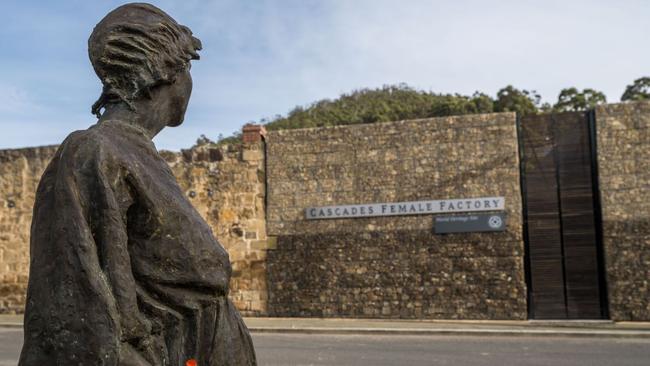
New facilities include a welcome space and tour assembly area, interpretation gallery, research room and gift shop. As well as telling the stories of convict women kept here, the new centre reveals some of the site’s Aboriginal history and explores the significant role women played during colonisation. New activities for visitors include audio and convict history tours, as well as an energetic theatrical performance that brings the sufferings of convict women such as Ellen and Eliza vividly to life.
Between 1828 and 1856, when it was converted to a regular jail, as many as 1000 women and girls at a time lived and worked at the factory. On Arthur’s orders, the women were to be segregated into three distinct classes that were “on no account” to mix: a “hiring class” of women suitable for assignment; an “intermediate class” of women guilty of minor offences; and a “crime class” of hardened offenders put to work and subject to close confinement “in a dark or other cell”.
While the original buildings have long since been demolished, their ghostly outlines, furnished with steel cots and other fittings, give a powerful sense of what it meant to be confined within these walls.
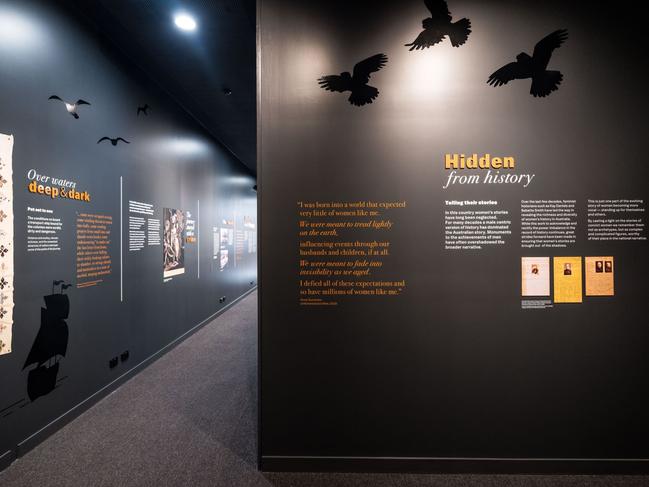
The factory’s supposedly grim and sunless location is said to have earned it the nickname “the valley of the shadow of death”, although there is not a cloud in the sky when I join the audience in Yard 1 to watch actor Karissa Lane perform her 45-minute monologue, The Proud and the Punished. Written by Australian playwright Finegan Kruckemeyer and performed daily at noon, it tells the story of Sarah Mason, a woman transported for seven years for stealing a pair of boots. Effortlessly inhabiting a variety of roles, from rebellious female convict to sulphurous clergyman, Lane invests her performance with the conviction of someone who recently found out her own ancestor – a woman named Mary Leary – was once held here.
Transported for seven years for stealing a dress, Mary gave birth aboard ship but lost her child before arriving in Van Diemen’s Land. Instead of being sent to the factory, she was assigned as a servant – “perhaps they took pity on her”, Lane tells me – only to fall pregnant again, a routine occurrence for female convicts in a colony with a chronic gender imbalance. (Of 160,000 convicts transported to Australia, just 25,000 were women.)
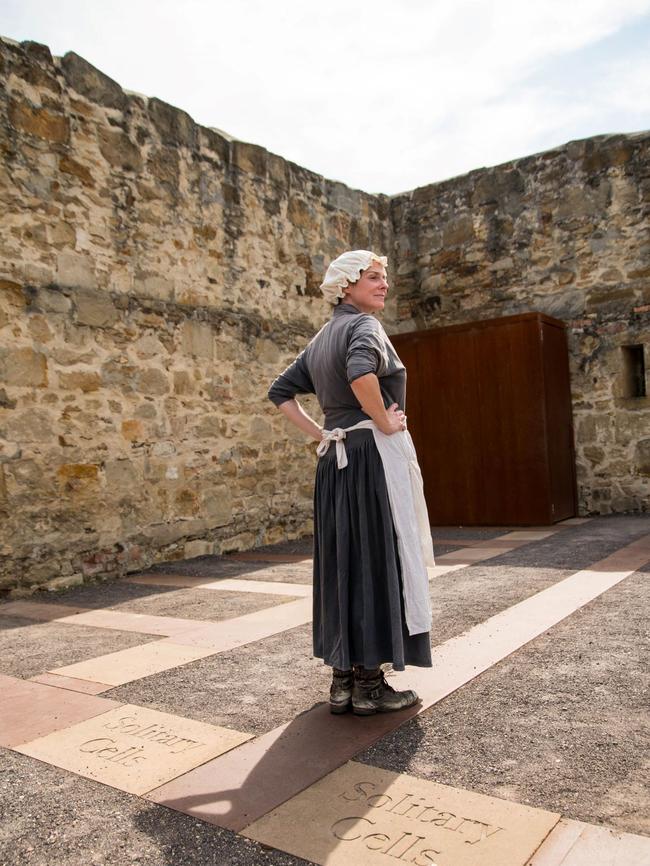
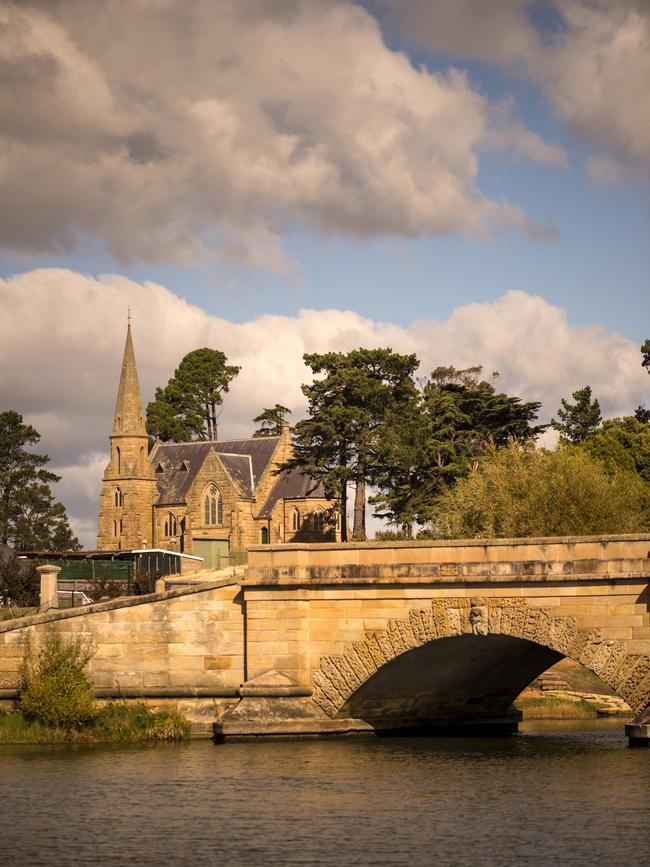
Female convicts like Lane’s ancestor were not allowed to keep their babies and had extra time added to their sentence for the crime of “immorality”. Mary’s child survived and the two were eventually reunited, an unusual outcome that gives added poignancy to her performance.
After transportation to Tasmania ended, the female factory was used variously as an invalid depot, a boys’ reformatory, a contagious diseases infirmary and a hospital for the “insane” before the site was eventually sold off in the early 1900s.
While the lack of original buildings and the relative paucity of convict artefacts on display will disappoint some visitors, others will make the most of the well-designed information panels, guided tours and the captivating theatrical performance to transport themselves back through the centuries.
The Cascades was one of five female factories in the colony. The last of these was established in the former garrison town of Ross, a 90-minute drive up the Midland Highway. Occupying one corner of an undulating, sheep-filled paddock on the outskirts of town, along a heritage walkway from the famous convict-built Ross Bridge, the Commandant’s Cottage is all that remains of the original factory. Information panels are dotted around the site, and inside the cottage is a scale model of the complex, with stories of the female convicts who passed through its gates.
Built to house male prisoners working on the bridge and on the Hobart to Launceston road, the site was converted to a female factory on the orders of the comptroller-general of convicts, Dr John Stephen Hampton, who in 1847 declared his intention to “remove the chain-gang from Ross and convert that station into a Female House of Correction and Hiring Depot … also, in future, to make Ross a depot for pregnant women”.
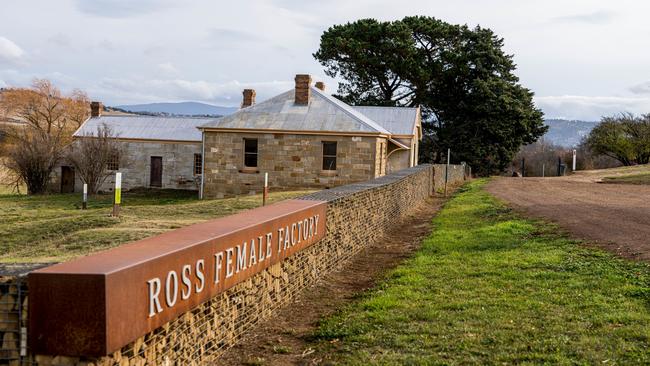
Lucy Frost’s book, Convict Lives at the Ross Female Factory, tells us that between 1848 and 1854, the facility processed hundreds of women, providing “a complete institution for the exploitation of female convicts in the service of the great houses of the Midlands”.
At the factory, the women spun wool, knitted and sewed in preparation for being hired as domestic servants. But like the Cascades, the Ross factory was also a place of punishment where offenders laboured in the laundry while incorrigibles were locked in solitary cells, 12 of which were built in 1851 after what the factory museum describes as “a series of scandals involving staff drunkenness, breach of institutional procedures, and accusations of lesbian activity among the inmates”.
The solitary cells at Ross were the only ones built solely for the punishment of female convicts. Brutal as the system was, not all women were cowed by solitary punishment. Beneath the “crime class” and “hiring class” dormitories, archaeologists discovered tobacco pipes, grog bottles, coins and bones from illicit extra rations. The greatest concentration of “forbidden luxuries” was found dug into the earthen floors of the narrow, dark and silent solitary cells.
A path across the railway takes you to a hill overlooking the female factory, where wind and rain have worn away the tombstones of Ross’s old burial ground. It’s a haunting and, some might say, a haunted place.

In the know
The Cascades Female Factory Historic Site is at 16 Degraves St, South Hobart. Open daily 9am-5pm. Entry tickets include an audio guide. Tickets for the Convict Women’s guided tour and for The Proud and the Punished are extra. Adults $25; child/concession $10; family $60.
The Ross Female Factory is at 2 Portugal St, Ross. Open daily 10am-3pm; free admission.
